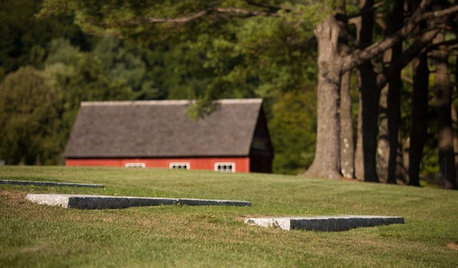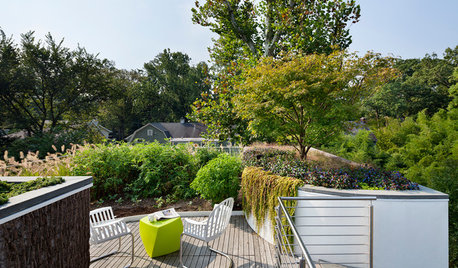Two blueberry problems?
charleskoz
11 years ago
Related Stories

EDIBLE GARDENSSummer Crop: How to Grow Blueberries
Plant blueberries in spring or fall for garden beauty through three seasons — and a sweet superfood in summer
Full Story
GARDENING GUIDESGreat Design Plant: Grow Blueberries for Their Fruit and More
Eastern gardeners should consider growing blueberry plants for their delicious fruits, bee-friendly spring blooms and brilliant fall foliage
Full Story
FURNITURESlipcovers: Problem Solvers With Style
9 Great Ways to Change Up Your Look With the Ever-Practical Slipcover
Full Story
REMODELING GUIDESThe Hidden Problems in Old Houses
Before snatching up an old home, get to know what you’re in for by understanding the potential horrors that lurk below the surface
Full Story
HOUSEKEEPING10 Problems Your House May Be Trying to Show You
Ignore some of these signs and you may end up with major issues. We tell you which are normal and which are cause for concern
Full Story
LANDSCAPE DESIGNProblem Solving With the Pros: Rustic Simplicity in a Country Garden
Editing thoughtfully and adding some magic result in a timeless weekend retreat
Full Story
LANDSCAPE DESIGNProblem Solving With the Pros: Sustainable Landscape Captures Runoff
An underground cistern, permeable paving and a rain garden are part of this Washington, D.C. yard's thoughtful design
Full Story
DECORATING GUIDESSolve Privacy Problems With Window Film
Let the light in and keep prying eyes out with an inexpensive and decorative window film you can apply yourself
Full Story
GARDENING GUIDESSolve 3 Common Landscape Problems — With More Plants
Sometimes the best defense is a good offense
Full Story
FEEL-GOOD HOMEBack Problems? Try Putting Your Feet Up
Consider these alternatives to that one-size-doesn’t-fit-all sofa to avoid slumping and spinal stress
Full Story






charleskozOriginal Author
charleskozOriginal Author
Related Professionals
Eden Prairie Landscape Architects & Landscape Designers · Havre de Grace Landscape Architects & Landscape Designers · Hyattsville Landscape Architects & Landscape Designers · Marina Landscape Architects & Landscape Designers · Bristol Landscape Contractors · Del Aire Landscape Contractors · Lemay Landscape Contractors · Panama City Beach Landscape Contractors · Point Pleasant Landscape Contractors · Pompton Lakes Landscape Contractors · Streamwood Landscape Contractors · Waipahu Landscape Contractors · West Orange Landscape Contractors · Whittier Landscape Contractors · Winchester Landscape Contractorsbamboo_rabbit
charleskozOriginal Author
charleskozOriginal Author
kr222
charleskozOriginal Author
Bradybb WA-Zone8
charleskozOriginal Author
bamboo_rabbit
charleskozOriginal Author
riverman1
riverman1
bamboo_rabbit
charleskozOriginal Author
charleskozOriginal Author
Bradybb WA-Zone8
charleskozOriginal Author
Bradybb WA-Zone8
charleskozOriginal Author
capoman
charleskozOriginal Author
capoman
charleskozOriginal Author
capoman
riverman1